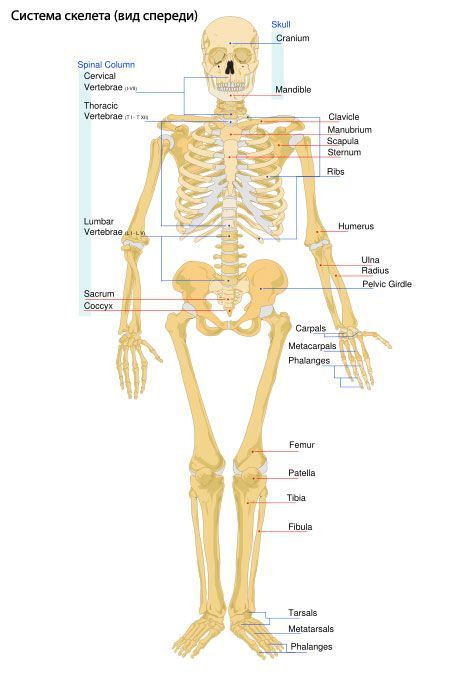Medical expert of the article
New publications
The limb skeleton
Last reviewed: 07.07.2025

All iLive content is medically reviewed or fact checked to ensure as much factual accuracy as possible.
We have strict sourcing guidelines and only link to reputable media sites, academic research institutions and, whenever possible, medically peer reviewed studies. Note that the numbers in parentheses ([1], [2], etc.) are clickable links to these studies.
If you feel that any of our content is inaccurate, out-of-date, or otherwise questionable, please select it and press Ctrl + Enter.
In the process of human evolution, the upper limbs became organs of labor. The lower limbs perform the functions of support and movement, holding the human body in an upright position.
Upper limbas an organ of labor in humans, it has acquired greater mobility. The collarbone is the only bone that connects the upper limb to the bones of the body, it allows for extensive movements. In addition, the bones of the upper limb are more mobile in articulation with each other than the bones of the lower limb. In the area of the forearm and hand, the bones are adapted to various complex, fine types of labor.
The lower limb as an organ of support and movement of the body in space consists of thicker and more massive bones. The mobility of these bones relative to each other is less than that of the upper limb.
The skeleton of the upper and lower human limbs is divided into a girdle and a free part. The girdle of the limbs (upper and lower) is more or less movably connected to the bones of the trunk. The bones of the free parts of the limbs are connected to each other by joints and ligaments. The skeleton of each free part of the limb (both upper and lower) is divided into a proximal section, consisting of one long tubular bone, a middle section, formed by two bones also tubular in shape, and a distal section: in the upper limb these are the bones of the hand, in the lower limb - the bones of the foot.

 [ 1 ]
[ 1 ]
Where does it hurt?
How to examine?

